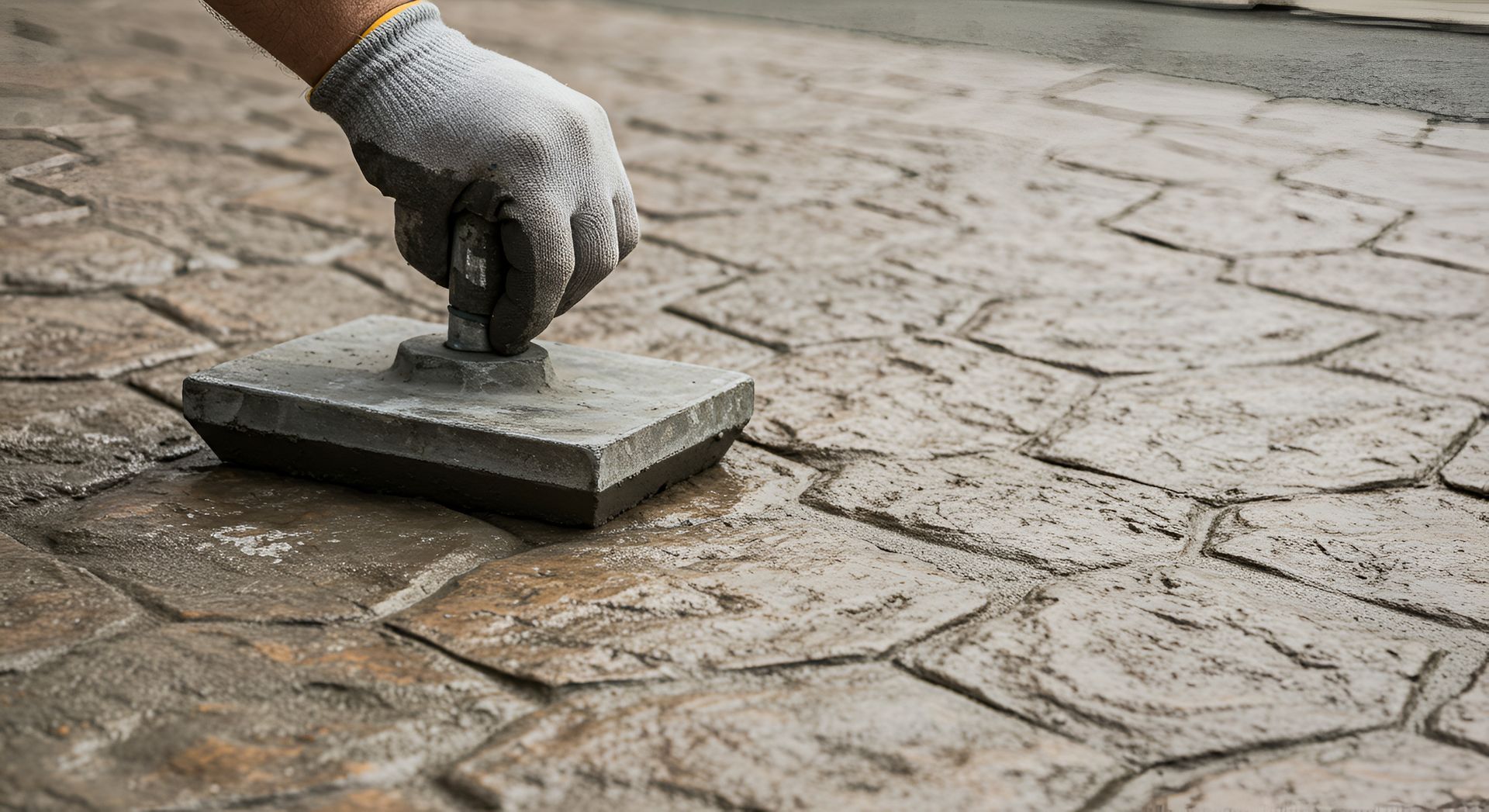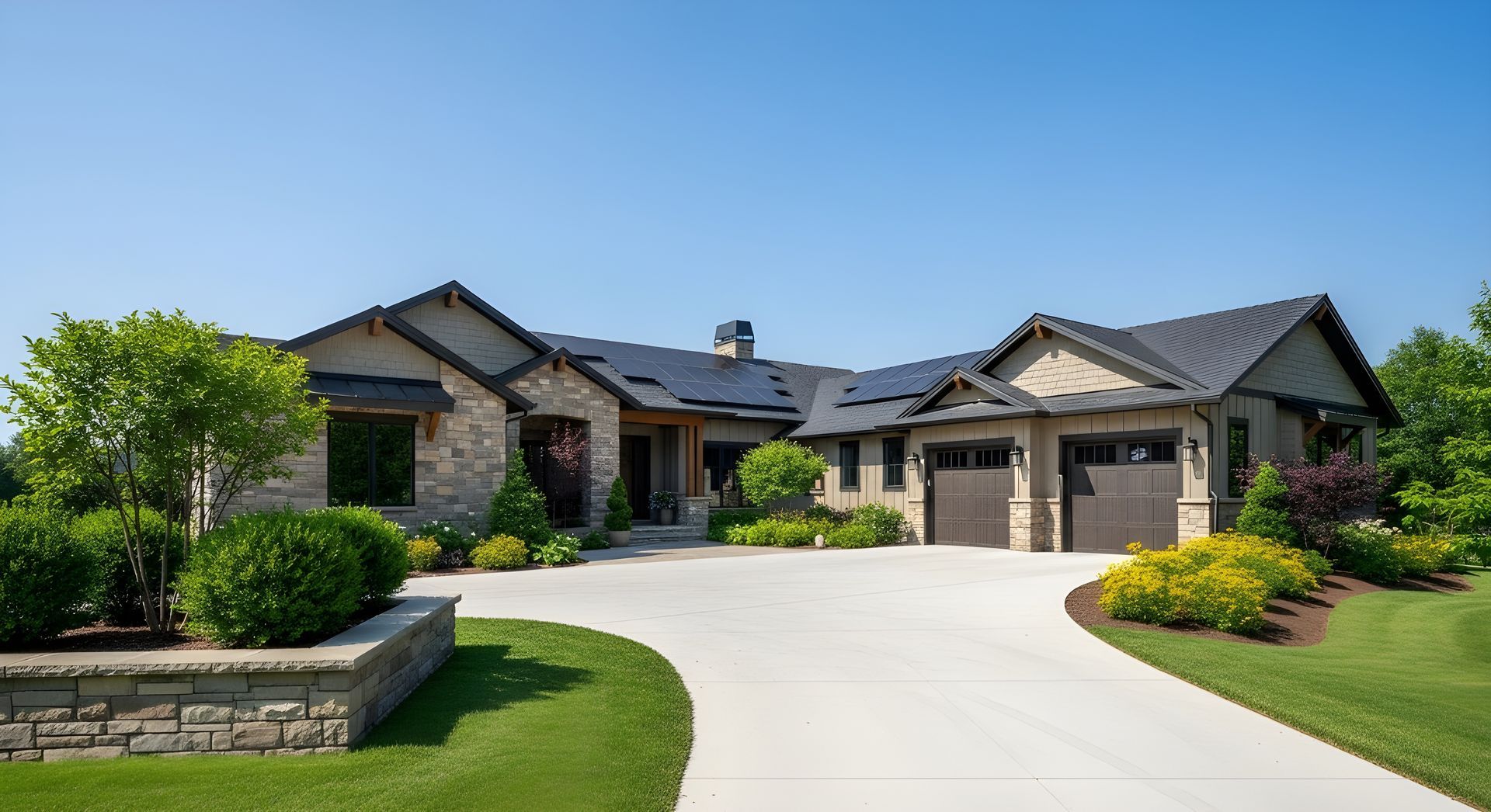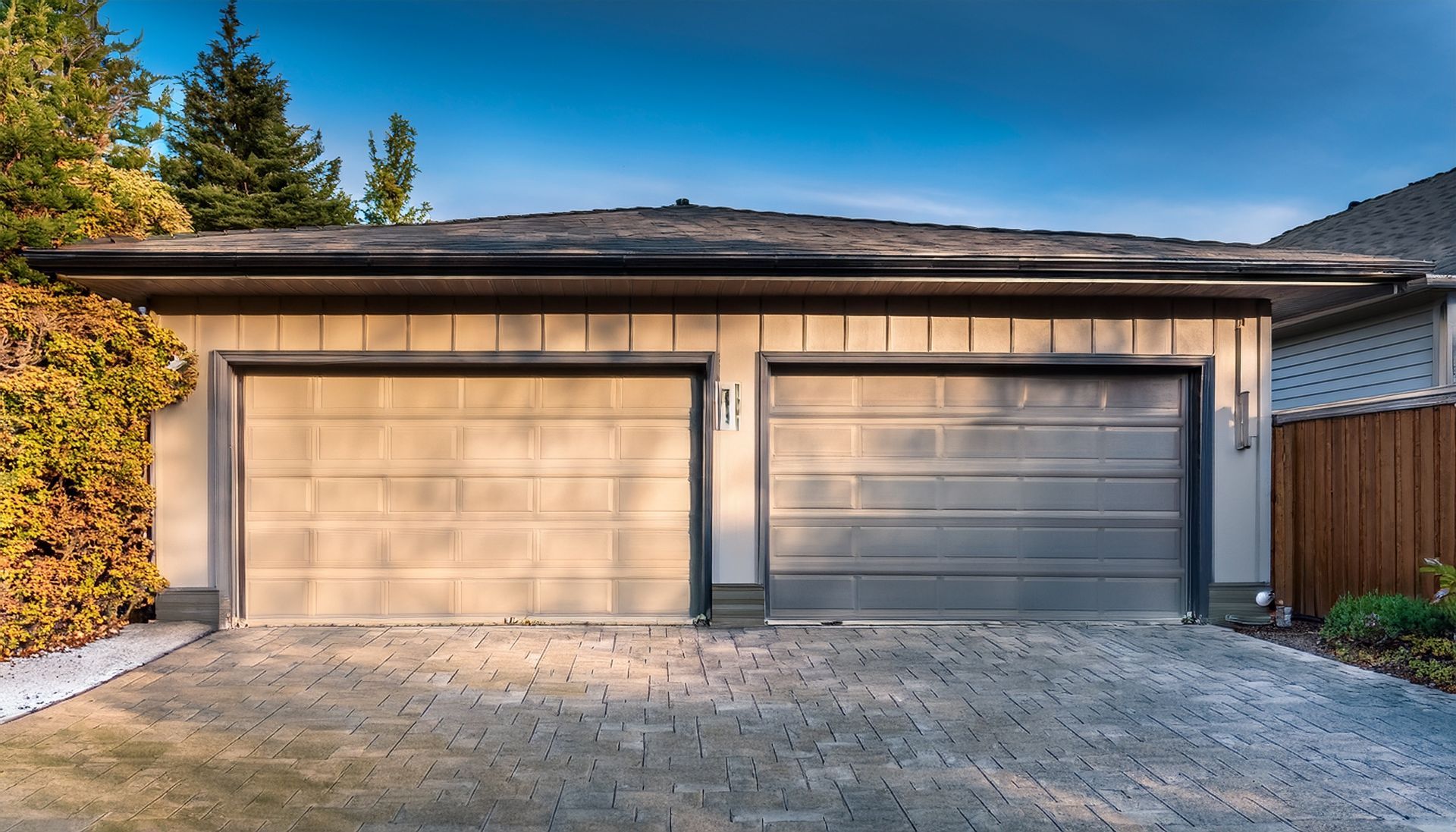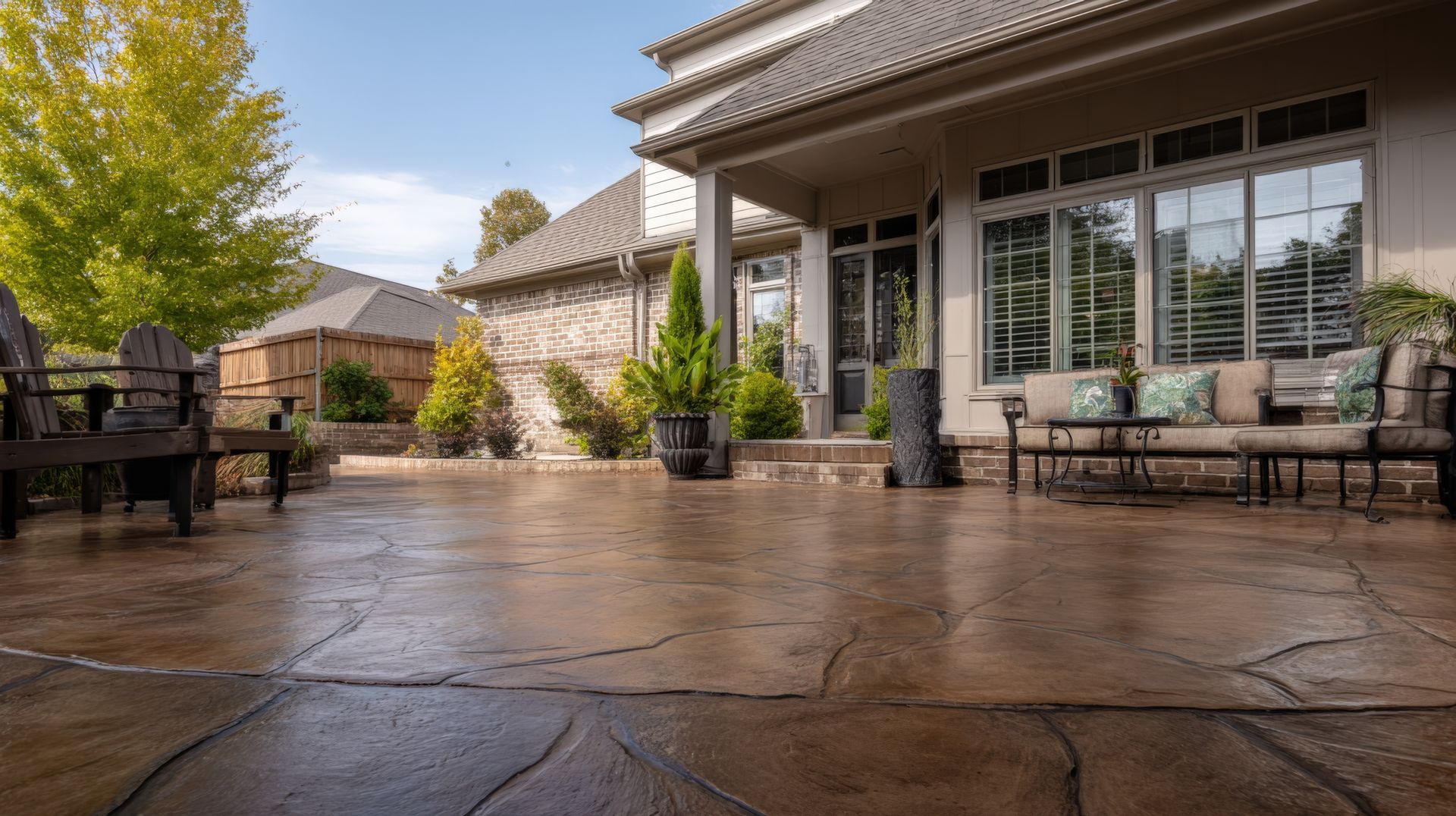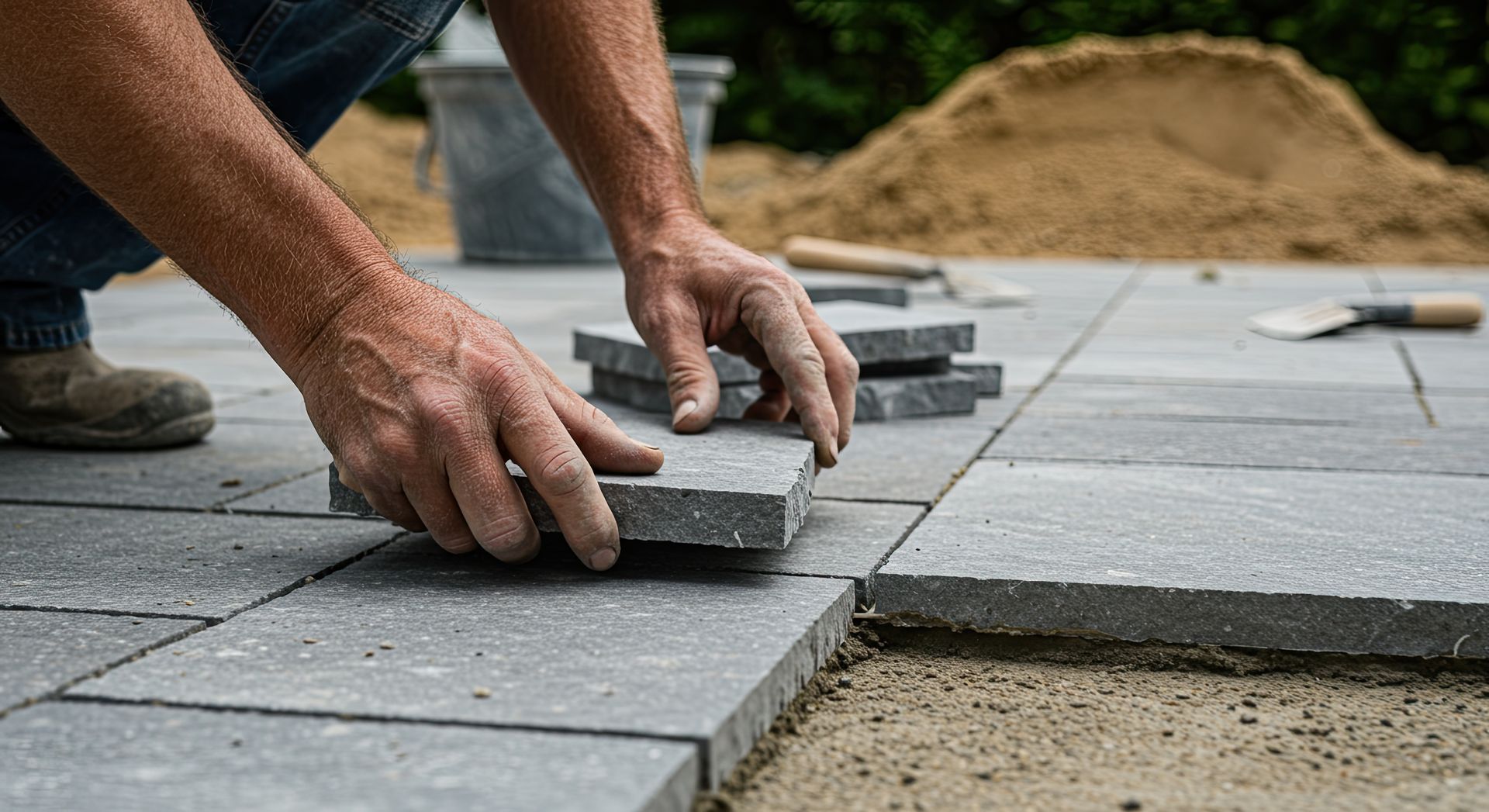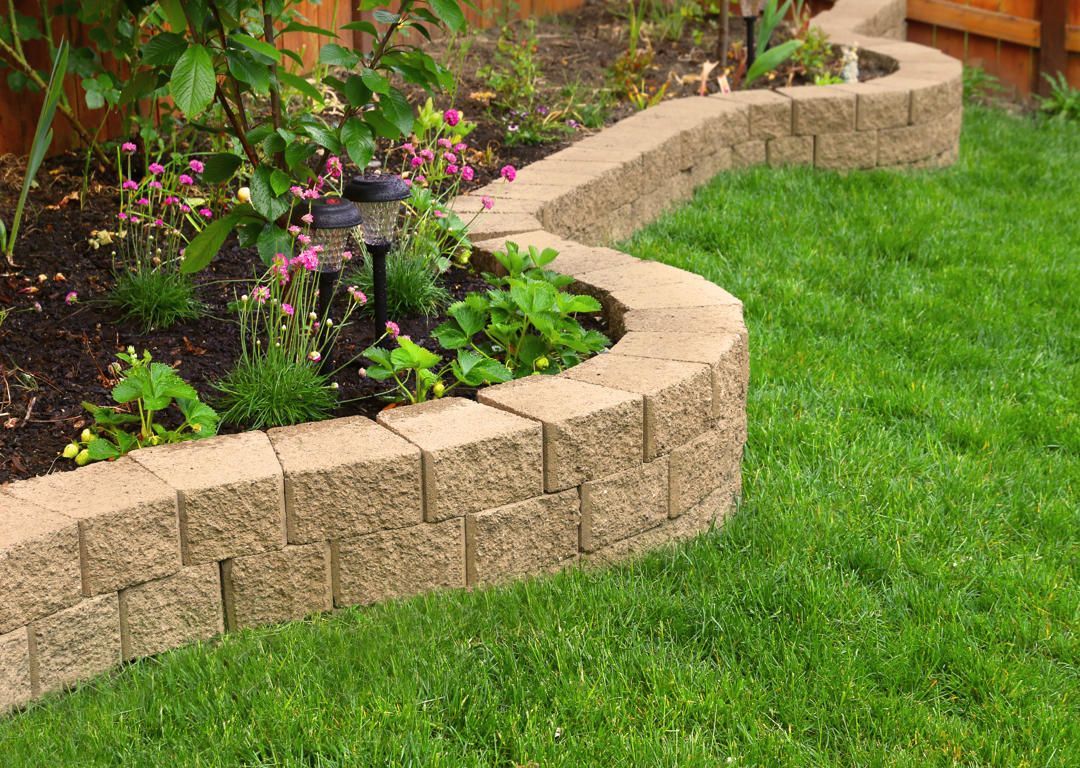
As spring arrives in the Denver Metro area, it’s essential to shift focus to the maintenance of concrete surfaces. The combination of rising temperatures and increased moisture can create challenges for driveways and patios. Implementing a spring maintenance routine helps prevent cracks, spalling, and weather damage, ensuring concrete remains durable and visually appealing. Here are some detailed steps to take this season:
Conduct a Thorough Inspection
Start the season with a detailed inspection of all concrete surfaces. Look for any signs of winter damage, including:
- Hairline Cracks: These may appear minor but can lead to more significant issues if moisture seeps in.
- Spalling: This is when the surface flakes or peels away, often caused by freeze-thaw cycles.
- Discoloration: Stains from salt or chemicals can indicate the need for cleaning and sealing.
Addressing these issues early is crucial to preventing extensive repairs later.
Clean the Concrete
Before applying any protective products, ensure the concrete is clean. Here’s how to do it effectively:
- Remove Debris: Sweep away leaves, dirt, and other debris that may have accumulated over winter.
- Pressure Wash: Use a pressure washer to eliminate stubborn stains, dirt, and any salt residue left from winter. A mild detergent can help break down tough grime.
- Rinse Thoroughly: After cleaning, rinse with clear water to ensure no cleaning agents remain on the surface.
A clean surface not only looks better but also prepares it for sealing and further maintenance.
Reseal Your Concrete
Sealing is one of the most effective ways to protect concrete from moisture damage. Here’s how to do it:
- Choose the Right Sealer: Select a high-quality concrete sealer designed for your climate and the specific type of concrete.
- Apply Evenly: Use a roller or sprayer to apply the sealer evenly across the surface, following the manufacturer's instructions.
- Allow to Cure: Ensure the sealer cures properly before allowing foot or vehicle traffic.
Resealing every few years provides a strong protective barrier that helps prevent cracking and keeps the surface looking fresh.
Check Drainage Solutions
Proper drainage is essential for preventing water accumulation, which can weaken concrete over time. Evaluate the following:
- Downspouts: Ensure they direct water away from driveways and patios.
- Gutters: Clear any blockages to allow for proper water flow.
- Landscape Grading: Make sure the ground slopes away from concrete surfaces to prevent pooling.
Effective drainage minimizes the risk of erosion and surface damage.
Repair Cracks Promptly
It’s vital to repair any cracks as soon as they are detected. Here’s a simple process:
- Fill Small Cracks: Use a concrete patching compound to fill in hairline cracks.
- For Larger Cracks: Consider using a more robust repair method, or consult a professional for thorough repairs.
Addressing cracks quickly prevents them from worsening due to water infiltration and seasonal shifts.
Schedule a Professional Inspection
For peace of mind, consider scheduling a professional inspection at least once a year. An expert can provide:
- Assessment of Condition: Identify any underlying issues that may not be immediately visible.
- Tailored Maintenance Solutions: Offer recommendations based on specific needs and conditions of your concrete surfaces.
Regular professional maintenance is an investment in the longevity and durability of your concrete.
To ensure driveways and patios remain protected this spring, reach out to Creteworx at 720-669-7843 for expert assistance. Our team is dedicated to providing top-notch concrete maintenance tailored to the unique needs of the Denver Metro area.
Whether it’s thorough inspections, cleaning, sealing, or repairs,
Creteworx is here to help keep your concrete surfaces in optimal condition. Don't wait until small issues become major problems—contact us today to schedule a consultation and experience peace of mind with your concrete care!
